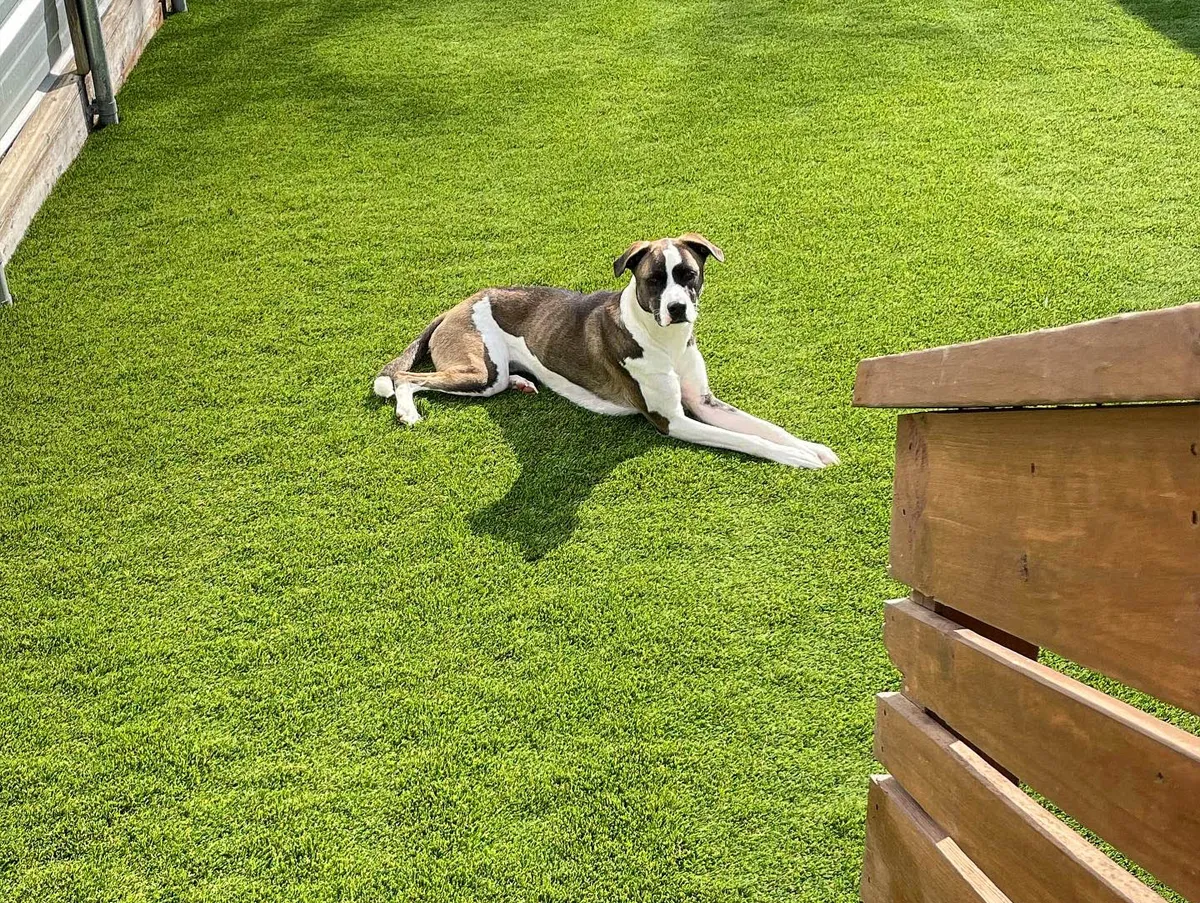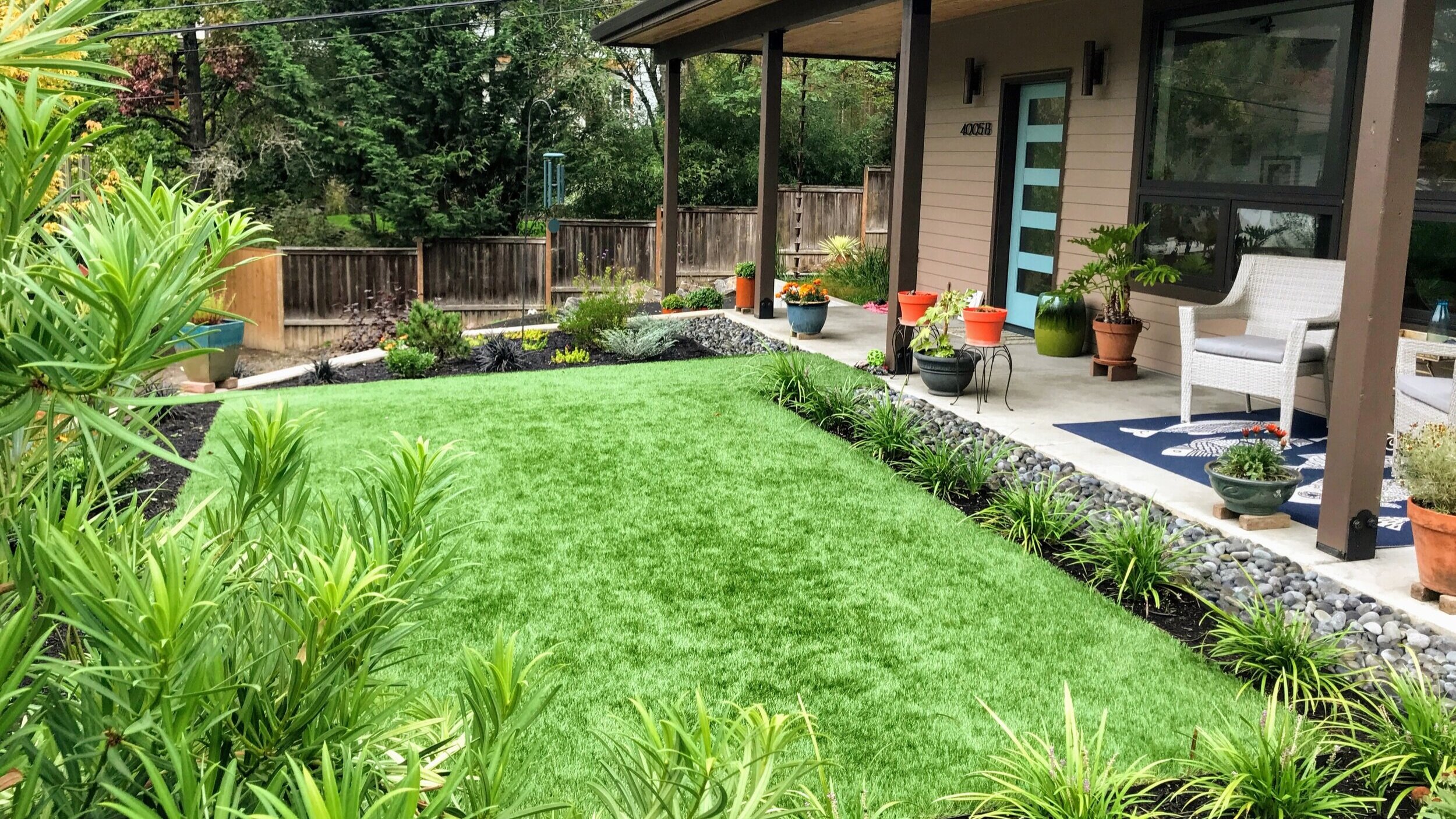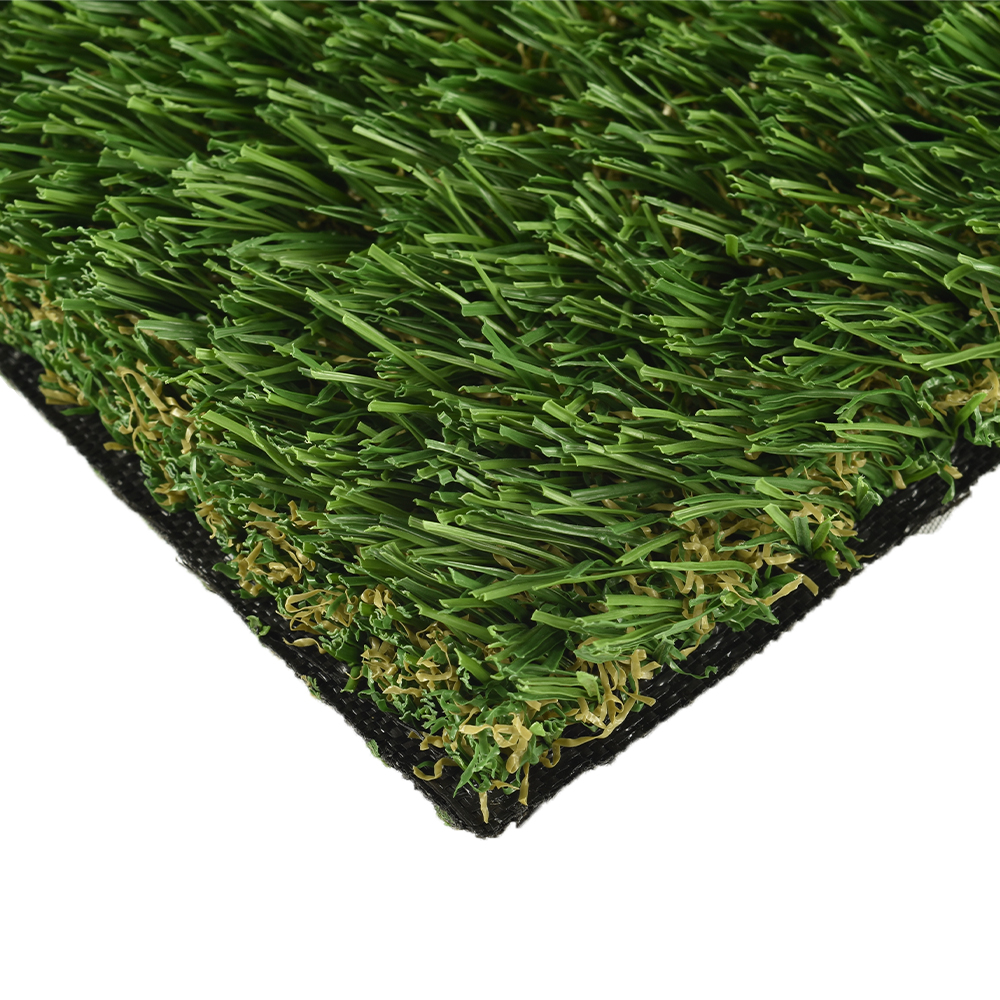Reputable Phoenix Turf Companies Providing Best Synthetic Grass Installation
Reputable Phoenix Turf Companies Providing Best Synthetic Grass Installation
Blog Article
Explore the Environmental Benefits of Opting for Synthetic Grass Solutions
The adoption of synthetic grass services presents an engaging possibility to resolve pressing ecological difficulties. By substantially decreasing water use and lessening the application of damaging chemicals, these choices not just advertise lasting landscaping however also safeguard local environments.
Water Preservation Conveniences
Among the most considerable advantages of synthetic lawn is its capacity to conserve water. Standard turf lawns need substantial watering, particularly in areas vulnerable to dry spell or water restrictions. In comparison, artificial turf does not need watering, considerably decreasing the general need for water sources. This attribute is especially beneficial in arid areas where water shortage is a pushing worry.
By eliminating the need for regular watering, synthetic grass contributes to lasting landscape practices and assists reduce the environmental impact of too much water intake. The preservation of water extends to the decrease of runoff, which can lead to soil erosion and river contamination.
In addition, the installation of synthetic grass enables districts and homeowners to designate water resources more effectively, focusing on crucial usages such as alcohol consumption water and farming. The shift towards man-made lawn not only advertises liable water usage yet likewise straightens with broader ecological goals intended at preserving all-natural sources.
As communities progressively prioritize sustainability, the water conservation advantages of man-made lawn offer an engaging instance for its adoption in residential and commercial landscaping tasks.
Minimized Chemical Use
The shift to fabricated lawn considerably lowers the dependence on chemical therapies commonly utilized in all-natural yard maintenance. Conventional turf monitoring usually involves the application of pesticides, herbicides, and plant foods to advertise growth and control parasites. These chemicals can present risks to human wellness, local wild animals, and the environment, adding to soil and water contamination.
On the other hand, fabricated grass removes the demand for these unsafe materials. When set up, it calls for marginal upkeep, mainly containing routine cleaning and irregular infill replenishment. This decrease in chemical use not only benefits the immediate environment but likewise adds to wider environmental security. By lessening the launch of synthetic substances into the ecosystem, artificial lawn advertises healthier soil and water supply.
Moreover, the absence of chemical runoff linked with synthetic grass installments helps protect local waterways from pollution, sustaining marine life and keeping biodiversity. Arizona artificial turf. As areas increasingly prioritize lasting practices, selecting fabricated grass offers a viable remedy that straightens with ecological conservation goals. Through this shift, homeowner can take pleasure in rich environment-friendly spaces without compromising environmental health and wellness, leading the method for a more lasting future
Reduced Carbon Impact

Moreover, the installment of synthetic grass can result in significant water preservation. Natural yards call for significant amounts of water for watering, which not just includes to the carbon impact related to water extraction and therapy however likewise pressures neighborhood water sources. In comparison, synthetic grass needs very little maintenance, needing no watering, therefore considerably decreasing water usage and its linked energy expenses.
In addition, the durability of synthetic grass contributes to its lower carbon impact. With a life-span of up to 15 years or even more, the need for frequent replacements is reduced, leading to less waste and lower power usage in production and throwing away typical turf options. On the whole, synthetic grass provides a sustainable choice for environmentally mindful landscaping.
Environment Preservation
Environment preservation is a critical factor to consider in the debate over landscaping options, specifically when comparing fabricated lawn to all-natural grass. Natural image source grass lawns often call for comprehensive upkeep, consisting of using chemicals, plant foods, and herbicides, which can detrimentally influence regional ecosystems. These chemicals can seep right into the soil and rivers, harming indigenous flora and animals and disrupting local environments.
Synthetic turf eliminates the demand for unsafe chemicals, therefore securing nearby wild animals and maintaining the stability of surrounding ecological communities. The setup of man-made grass can lead to the conversion of previous lawn locations right into more biodiverse landscapes, such as pollinator gardens or native plant locations, which can sustain neighborhood wildlife.
Eventually, the transition to synthetic grass not only conserves water and decreases upkeep efforts yet additionally promotes a more harmonious partnership between human activities and the native environment, advertising habitat conservation in the process.
Long-Term Sustainability
Long-lasting sustainability is a crucial variable in examining the benefits of man-made grass over conventional turf yards. Among the most substantial advantages of synthetic turf is its toughness; it can last approximately 15-20 years with minimal maintenance, whereas all-natural lawn calls for frequent reseeding and replacement. This durability decreases the need for consistent resources, such as water, plant foods, and pesticides, which are vital for keeping a healthy grass yard.
Furthermore, synthetic grass adds to a decrease in carbon emissions connected with grass treatment tools. Conventional grass usually require gas-powered mowers, leaners, and blowers, every one of which add to air contamination. Arizona turf. In comparison, fabricated grass gets rid of the requirement for such tools, promoting a cleaner environment
Furthermore, the production of synthetic grass significantly makes use of recycled products, boosting its sustainability profile. As producers adopt environmentally official site friendly techniques, the ecological footprint of synthetic grass proceeds to lessen.

Conclusion
The adoption of synthetic grass remedies presents significant environmental advantages, including considerable water preservation, decreased reliance on harmful chemicals, and a lower carbon footprint. Furthermore, synthetic grass aids in protecting natural habitats by reducing land disturbance and promoting lasting sustainability via the use of durable materials. Collectively, these elements underscore the possibility of synthetic grass to contribute positively to ecological health and wellness and provide a practical alternative to typical landscape design practices in an increasingly resource-conscious globe.
In contrast, artificial lawn does not require watering, substantially click for source decreasing the total need for water resources. By minimizing the launch of synthetic substances right into the community, fabricated grass promotes much healthier soil and water systems.
Furthermore, the installment of man-made turf can result in substantial water preservation. In contrast, artificial lawn needs very little upkeep, calling for no watering, consequently significantly reducing water usage and its linked energy costs.

Report this page